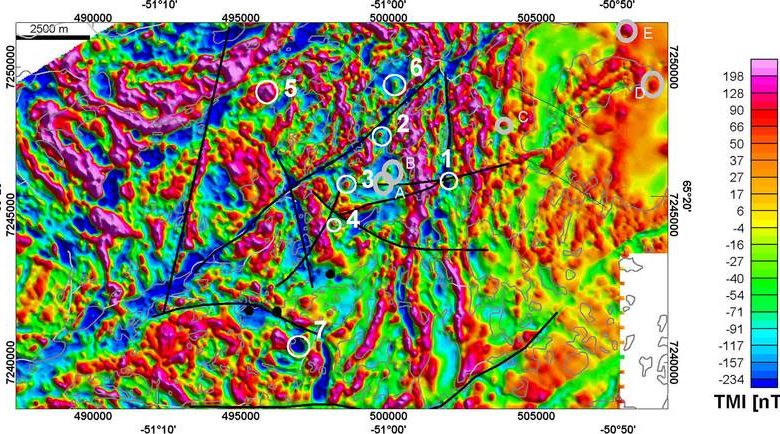All Categories
Featured
Table of Contents
Surface Geophysical Methods - Us Epa in Merriwa Western Australia 2021
Much of the image includes blank locations now with little or no radar response. The "yard" wall is still showing strongly, however, and there are continuing ideas of a hard surface area in the SE corner. Time piece from 23 to 25ns. This last piece is now almost all blank, however a few of the walls are still showing strongly.
How deep are these slices? The software I have access to makes approximating the depth a little difficult. If, nevertheless, the top three pieces represent the ploughsoil, which is probably about 30cm think, I would guess that each piece is about 10cm and we are just getting down about 80cm in overall.

Thankfully for us, most of the websites we are interested in lie simply listed below the plough zone, so it'll do! How does this compare to the other techniques? Contrast of the Earth Resistance information (top left), the magnetometry (bottom left), the 1517ns time slice (leading right) and the 1921ns time slice (bottom left).
Geophysical Surveys - Mining, Exploration And Geoscience in Greenmount Oz 2020
Magnetometry, as discussed above, is a passive strategy measuring regional variations in magnetism against a localised zero worth. Magnetic vulnerability survey is an active technique: it is a measure of how magnetic a sample of sediment could be in the presence of a magnetic field. How much soil is checked depends on the size of the test coil: it can be very small or it can be reasonably large.
The sensor in this case is very small and samples a small sample of soil. The Bartington magnetic susceptibility meter with a big "field coil" in usage at Verulamium throughout the course in 2013. Top soil will be magnetically enhanced compared to subsoils just due to natural oxidation and reduction.
By measuring magnetic vulnerability at a relatively coarse scale, we can find locations of human occupation and middens. We do not have access to a reputable mag sus meter, but Jarrod Burks (who helped teach at the course in 2013) has some outstanding examples. One of which is the Wildcat site in Ohio.
Geophysical Survey - An Overview in Success Oz 2022
These towns are typically laid out around a central open area or plaza, such as this rebuilt example at Sunwatch, Dayton, Ohio. Sunwatch Town, Dayton, Ohio (photo: Jarrod Burks). At the Wildcat site, the magnetometer study had actually located a range of functions and houses. The magnetic susceptibility survey helped, however, specify the primary location of profession and midden which surrounded the more open area.
Jarrod Burks' magnetic vulnerability survey arises from the Wildcat website, Ohio. Red is high, blue is low. The method is therefore of fantastic use in specifying areas of general occupation rather than identifying specific functions.
Geophysical surveying is an applied branch of geophysics, which uses seismic, gravitational, magnetic, electrical and electromagnetic physical approaches at the Earth's surface area to determine the physical homes of the subsurface - Geophysical Methods in Beckenham Aus 2021. Geophysical surveying methods normally determine these geophysical residential or commercial properties in addition to anomalies in order to assess different subsurface conditions such as the presence of groundwater, bedrock, minerals, oil and gas, geothermal resources, spaces and cavities, and a lot more.
Latest Posts
Geophysical Exploration in Hocking Australia 2022
5 Surface Geophysics in Sorrento WA 2021
Consumer Guide To Geological And Geophysical Services ... in Safety Bay Western Australia 2020